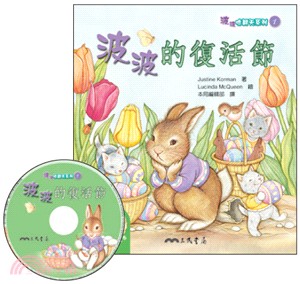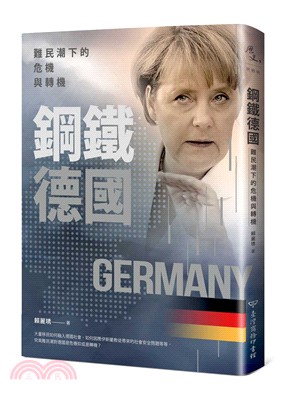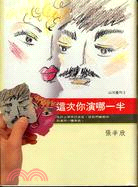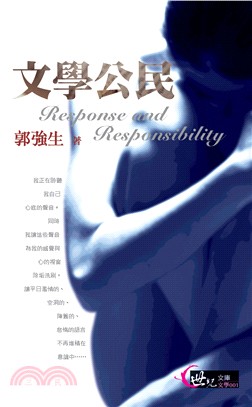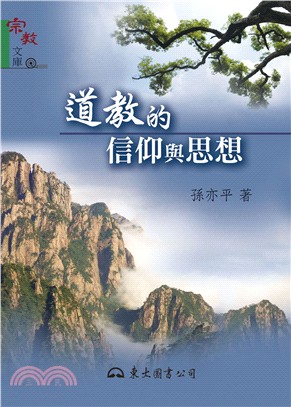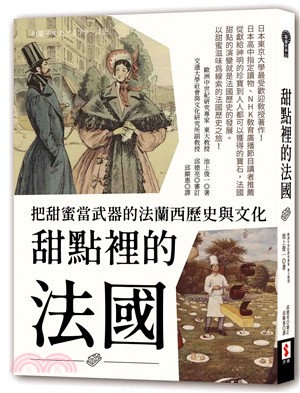Pressure Ulcer Risk Assessment and Prevention ― Comparative Effectiveness
商品資訊
定價
:NT$ 1305 元無庫存,下單後進貨(到貨天數約30-45天)
可得紅利積點:39 點
相關商品
商品簡介
商品簡介
Pressure ulcers are defined by the National Pressure Ulcer Advisory Panel (NPUAP) as “localized injury to the skin and/or underlying tissue usually over a bony prominence, as a result of pressure, or pressure in combination with shear and/or friction.” A number of risk factors are associated with increased risk of pressure ulcer development, including older age, black race, lower body weight, physical or cognitive impairment, poor nutritional status, incontinence, and specific medical comorbidities that affect circulation such as diabetes or peripheral vascular disease. Pressure ulcers are often associated with pain and can contribute to decreased function or lead to complications such as infection. In some cases, pressure ulcers may be difficult to successfully treat despite surgical and other invasive treatments. In the inpatient setting, pressure ulcers are associated with increased length of hospitalization and delayed return to function. In addition, the presence of pressure ulcers is associated with poorer general prognosis and may contribute to mortality risk. Recommended prevention strategies for pressure ulcers generally involve use of risk assessment tools to identify people at higher risk for developing ulcers in conjunction with interventions for preventing ulcers. A variety of diverse interventions are available for the prevention of pressure ulcers. Categories of preventive interventions include support surfaces (including mattresses, integrated bed systems, overlays, and cushions), repositioning, skin care (including lotions, dressings, and management of incontinence), and nutritional support. Each of these broad categories encompasses a variety of interventions. The purpose of this report is to review the comparative clinical utility and diagnostic accuracy of risk-assessment instruments for evaluating risk of pressure ulcers and to evaluate the benefits and harms of preventive interventions for pressure ulcers in different settings and patient populations. The following Key Questions are the focus of this report: KQ1. For adults in various settings, is the use of any risk-assessment tool effective in reducing the incidence or severity of pressure ulcers compared with other risk-assessment tools, clinical judgment alone, and/or usual care? KQ1a. Do the effectiveness and comparative effectiveness of risk-assessment tools differ according to setting? KeQ1b. Do the effectiveness and comparative effectiveness of risk-assessment tools differ according to patient characteristics and other known risk factors for pressure ulcers, such as nutritional status or incontinence? KQ2. How do various risk-assessment tools compare with one another in their ability to predict the incidence of pressure ulcers? KQ2a. Does the predictive validity of various risk-assessment tools differ according to setting? KQ2b. Does the predictive validity of various risk-assessment tools differ according to patient characteristics? KQ3. In patients at increased risk of developing pressure ulcers, what are the effectiveness and comparative effectiveness of preventive interventions in reducing the incidence or severity of pressure ulcers? KQ3a. Do the effectiveness and comparative effectiveness of preventive interventions differ according to risk level as determined by different risk-assessment methods and/or by particular risk factors? KQ3b. Do the effectiveness and comparative effectiveness of preventive interventions differ according to setting? KQ3c. Do the effectiveness and comparative effectiveness of preventive interventions differ according to patient characteristics? KQ4. What are the harms of interventions for the prevention of pressure ulcers? KQ4a. Do the harms of preventive interventions differ according to the type of intervention? KQ4b. Do the harms of preventive interventions differ according to setting? KQ4c. Do the harms of preventive interventions differ according to patient characteristics?
主題書展
更多
主題書展
更多書展本週66折
您曾經瀏覽過的商品
購物須知
外文書商品之書封,為出版社提供之樣本。實際出貨商品,以出版社所提供之現有版本為主。部份書籍,因出版社供應狀況特殊,匯率將依實際狀況做調整。
無庫存之商品,在您完成訂單程序之後,將以空運的方式為你下單調貨。為了縮短等待的時間,建議您將外文書與其他商品分開下單,以獲得最快的取貨速度,平均調貨時間為1~2個月。
為了保護您的權益,「三民網路書店」提供會員七日商品鑑賞期(收到商品為起始日)。
若要辦理退貨,請在商品鑑賞期內寄回,且商品必須是全新狀態與完整包裝(商品、附件、發票、隨貨贈品等)否則恕不接受退貨。














